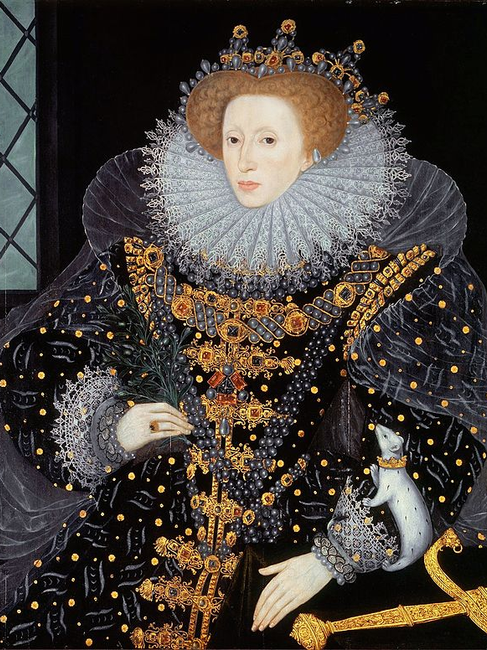Who doesn't love a potato? They can be mashed, boiled, roasted and baked, they are crisps, chips, waffles, croquettes and tattie scones! We can add cheese, curry powder, butter, parsley or garlic to give them more flavour. And what would shepherds pie, mince and tatties or a Sunday roast be without a tasty spud?
In this blog we are going to find out some more about potatoes and then discover how potatoes helped to win World War II.
What is a Potato?
A potato is a root vegetable that grows underground on a tuber, a tuber is a stem not a root. Potatoes are annual plants and depending on the climate, they are planted in spring and harvested in autumn. Potatoes can be grown year-round if they are protected from cold temperatures and given enough light. Some farmers have special technology to allow them to do this.

The Raleigh Myth
We don't know for certain how the potato arrived in Britain but this is one idea, probably best take with a pinch of salt - just like our potatoes! Sir Walter Raleigh was a British explorer during the reign of Queen Elizabeth I. The story goes that Raleigh discovered potatoes on his travels, planted them at his estate in Ireland and presented the exotic foodstuff to the Queen as a gift. Historians are not certain if this is true or an urban legend but we have certainly been enjoying potatoes in the UK for hundreds of years!
Sir Walter Raleigh Queen Elizabeth I
Food during World War II
World War II lasted for six years between 1939 and 1945. Battles were fought on land and sea across almost every continent. The Battle of the Atlantic began on the 3rd of September 1939, only hours after war was declared, and lasted until May 8th 1945. As an island Britain relied heavily on imported food (and still does) and the Germans believed that by attacking merchant ships they could starve Britain into submission.
Dig for Victory
In 1939 the British government launched the Dig for Victory campaign as a reaction to the German blockade during the Battle of the Atlantic. U-boats were attacking merchant ships bringing supplies to Britain and the government knew that food rationing was imminent. The British people were encouraged to begin growing their own food.

Parks, gardens and sports pitches were transformed into allotments to grow fruit and vegetables and raise animals. The picture below shows people working on an allotment in Kensington Gardens in London, in the background you can see the Albert Memorial. Use Google Earth to see what this part of Kensington Gardens looks like today - it's quite different!

Rationing
Rationing was introduced in January 1940 to deal with the extreme food shortages. Each person had a weekly allowance for staple foods such as: bacon, sugar, tea, bread, milk and meat. The amount of food on offer varied from week to week depending on what supplies were available. This meant that home-grown food was an essential part of life during World War II.
Potato Pete
So now we get back to potatoes! The Ministry of Food was the government department in charge of food during World War II. They created pamphlets and posters to help people deal with food shortages. Potato Pete was a cartoon character created to encourage people to grow potatoes which were seen as a healthy and hearty staple of the war-time diet. There was even a Potato Pete song, sung by Betty Driver and available on most music platforms - it's a catchy little ditty! #PotatoPete

Recipes
The Ministry of Food released pamphlets with recipe suggestions to make a tasty sweet or savoury meal using potatoes and food from the ration. The recipes include: soups, pies, casseroles, salads and even puddings!

Our favourite recipe is Potato Piglets. You need six potatoes, six sausages and some cabbage. Remove the central core of the potato and stuff the cavity with sausage meat. Bake in the oven and then serve of a bed of cabbage. Simple. Yum!
So, there you have it. The potato was essential to keep energy up on the home front. Folks were encouraged to make their potatoes into tasty and terrific meals to feed family, friends and neighbours!
Want to find out more about World War Two? Take a look at our explainer video.
Learn about World War II with our unique chronological digital pack.

Download and teach with littlemoose.education






Comments